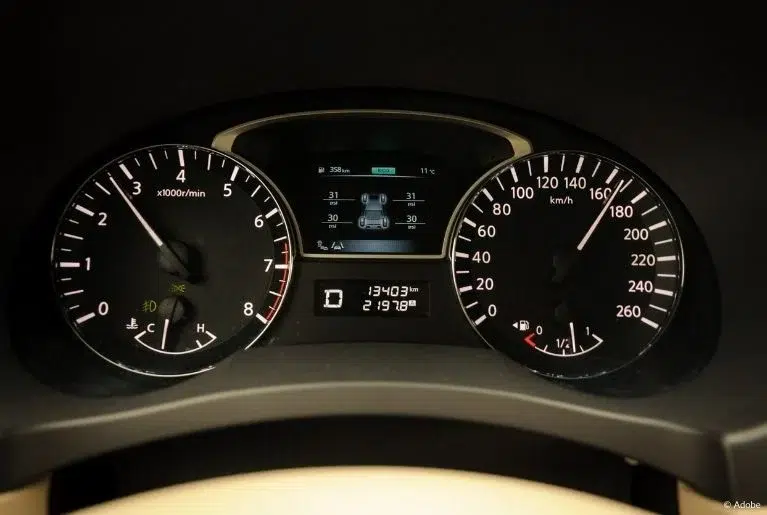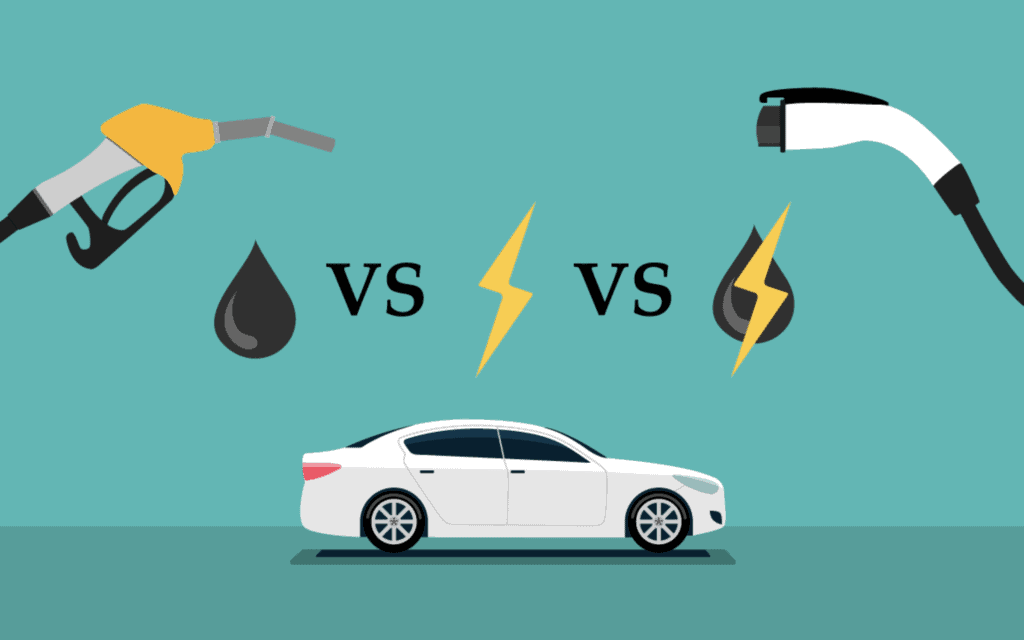Nissan Altima CVT Lawsuit: What Drivers Should Know if you own a Nissan Altima, you might be familiar with the ongoing controversy surrounding its continuously variable transmission (CVT). While this technology promises a smoother, more fuel-efficient driving experience, it has also sparked numerous complaints and legal battles. In fact, the Nissan Altima CVT lawsuit has become a focal point for thousands of frustrated drivers. This article delves into the details of this lawsuit, the common issues reported, and what you need to know if you’re considering joining the legal fight.

Understanding the CVT – What Makes It Different?
A continuously variable transmission (CVT) isn’t like a conventional automatic transmission. Instead of shifting through a fixed set of gears, a CVT uses a flexible belt or chain that runs between two variable-diameter pulleys. This design allows for an infinite range of gear ratios, theoretically optimizing power and fuel efficiency at all times.
Why Nissan Chose CVT Technology
Nissan has been a major proponent of CVT technology for years, touting its advantages, including:
- Better Fuel Efficiency: By keeping the engine in its optimal power range, CVTs can boost fuel economy.
- Smoother Acceleration: CVTs eliminate the abrupt gear changes associated with traditional transmissions.
- Reduced Weight and Complexity: Fewer moving parts can mean lighter, simpler transmissions.
The Dark Side of CVTs
Despite these potential benefits, CVTs have proven problematic for many drivers. The Nissan Altima CVT lawsuit highlights several common complaints, including:
- Shuddering and Vibration: Many drivers report that their Altimas shudder or shake, particularly when accelerating from a stop.
- Delayed or Sluggish Response: Some CVTs hesitate or delay when the driver attempts to accelerate, creating a dangerous lag.
- Overheating: CVTs can run hot, especially during extended drives, leading to reduced power and, in extreme cases, transmission failure.
- Premature Wear and Tear: Unlike traditional transmissions, CVTs rely on belts and pulleys that can wear out more quickly, resulting in costly repairs.
- Total Transmission Failure: In severe cases, the CVT can fail entirely, leaving drivers stranded and facing hefty repair bills.
The Scope of the Nissan Altima CVT Lawsuit
The Nissan Altima CVT lawsuit includes numerous claims, ranging from breach of warranty to deceptive marketing practices. Drivers allege that Nissan failed to disclose known defects, leaving them with unreliable vehicles and expensive repair costs.
Key Allegations in the Lawsuit
- Breach of Warranty – Many owners argue that Nissan violated its powertrain warranties by selling vehicles with inherently faulty transmissions.
- Consumer Fraud and Misrepresentation – The lawsuit claims that Nissan marketed its CVTs as reliable and fuel-efficient, despite knowing about the ongoing issues.
- Negligence in Design and Testing – Plaintiffs argue that Nissan failed to properly test and refine its CVTs before bringing them to market.
- Violation of State Consumer Protection Laws – Many state laws prohibit the sale of products with known defects, adding another layer of liability for Nissan.
Models Affected by the Lawsuit
While the Nissan Altima CVT lawsuit primarily targets the Altima, it also covers a range of other Nissan models equipped with similar CVTs, including:
- Nissan Sentra (2013-2020)
- Nissan Rogue (2014-2020)
- Nissan Murano (2015-2020)
- Nissan Pathfinder (2013-2020)
- Nissan Versa (2013-2019)
- Nissan Juke (2013-2017)
Evidence You’ll Need to Join the Lawsuit
If you believe your Altima’s transmission issues fall under the Nissan Altima CVT lawsuit, it’s essential to gather evidence to support your claim. This might include:
- Repair Bills – Document all costs related to CVT repairs, including parts, labor, and diagnostic fees.
- Maintenance Records – Keep detailed records of all service visits, including fluid changes and routine inspections.
- Technical Service Bulletins (TSBs) – Nissan has issued numerous TSBs related to CVT problems. Make sure you have copies of any that apply to your vehicle.
- Owner Complaints – Print or save complaints you’ve filed with the National Highway Traffic Safety Administration (NHTSA) or other consumer protection groups.
- Photos and Videos – Capture footage of your vehicle exhibiting transmission problems, such as jerking, hesitation, or power loss.
Steps to Join the Nissan Altima CVT Lawsuit
- Consult a Qualified Attorney – Seek out a law firm that specializes in automotive defect cases. They can assess your situation and determine if you qualify to join the class action.
- File Your Claim – Once your lawyer confirms your eligibility, they will help you file the necessary paperwork to join the lawsuit.
- Gather Your Evidence – Submit all relevant documents, including repair bills and service records.
- Stay Informed – Keep in touch with your legal team and monitor the progress of the lawsuit.
- Prepare for Discovery – Be ready to share documents, photos, and other evidence if required.
What to Expect if the Lawsuit Succeeds
If the Nissan Altima CVT lawsuit is successful, you could be eligible for a range of compensation options, including:
- Reimbursement for Repairs – Partial or full compensation for out-of-pocket repair costs.
- Extended Warranties – Nissan may be required to extend transmission warranties for affected models.
- Buybacks – In extreme cases, Nissan might offer to repurchase defective vehicles.
- Cash Settlements – Some drivers may receive direct cash compensation for their losses.
Final Thoughts
Joining the Nissan Altima CVT lawsuit can be a critical step in holding Nissan accountable for its transmission issues. If your Altima has left you stranded, struggling with costly repairs, or worried about your safety on the road, consider joining this class action. With the right legal support, you may be able to recover your losses and push for meaningful changes in the automotive industry.













